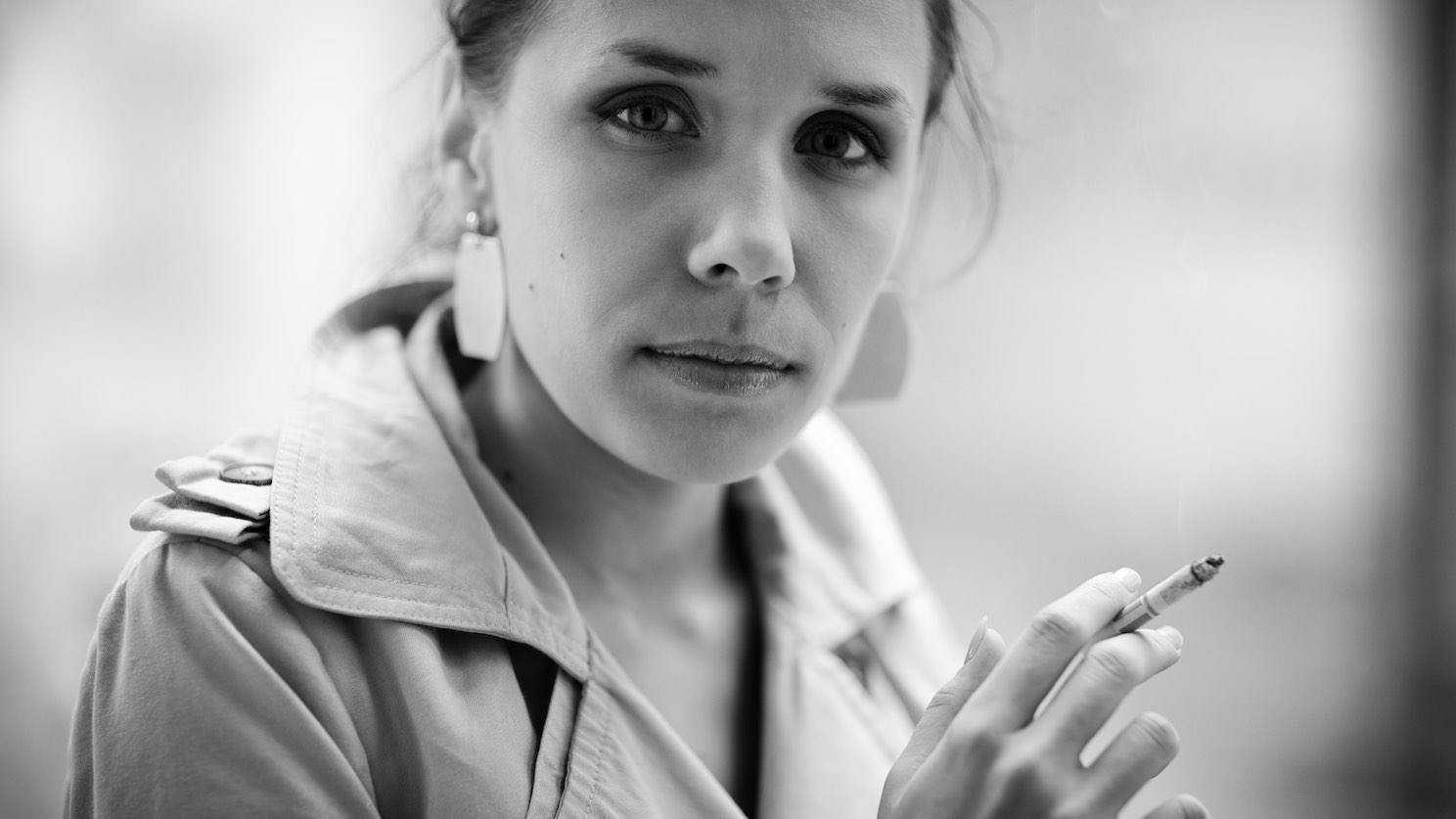We all know that smoking contributes to facial ageing. But how big a difference does it actually make? A new study of identical twins, each set with one smoker and one non-smoker, confirms that smokers’ faces show signs of premature ageing when compared to the faces of their non-smoking twins. Even a relatively short history of smoking can contribute to this difference. What else did the study find? Read on and find out.
If your identical twin commits a violent crime and leaves behind evidence that can be used for DNA analysis, you can get in real trouble. And this has happened before, more than once, to unsuspecting identical twins. Identical twins don’t just look and act alike. They share identical DNA. A group of doctors and scientists studying facial ageing have made use of these similarities to understand how smoking can affect the face’s ageing process and which features or parts of the face are most affected by smoking. The findings of their study are published in the November 2013 issue of Plastic and Reconstructive Surgery, the official journal of the American Society of Plastic Surgeons (ASPS).
It is interesting how the twin pairs for the study were found. The team, from the Departments of Plastic Surgery and Otolaryngology Head and Neck Surgery at the Case Western Reserve University in the U.S. visited the Twins Days Festival in Twinsburg, Ohio, between 2007 and 2010 where they recruited 79 pairs of twins. The annual festival at Twinsburg claims to be the largest gathering of twins anywhere in the world.
Fifty-nine twin pairs selected for the study were women with an average age of 48. The twin pairs had similar levels of work-related stress and showed similar patterns of alcohol consumption and sun protection.
The selection criteria were clear: One twin had to be a smoker and the other a non-smoker. If both were smokers, one had to have at least a five year longer smoking history than the other. The study included questionnaires, standardised photographing of twins by professional photographers and an evaluation of facial ageing by plastic surgeons who were unaware of the twins’ smoking histories.
The study found that, compared to non-smoking twins, the smokers had worse ageing scores in terms of excess skin on the upper eyelids, bags under the eyes and for nasolabial folds that run from the nose to the mouth, along the cheek. Smokers also had more wrinkles on their upper and lower lips and fared worse in terms of developing jowls.
Although there were other differences, such as darkening of lower lids, wrinkles across the forehead, frown lines, crow’s feet and lines on the lower lips with accentuated puckering, none of these showed a statistically significant difference between the smokers’ and non-smokers’ evaluations. Twins who had a smoking history that was longer than five years received worse scores for baggy lower eyelids, malar bags and vermillion wrinkles of the lower lips.
Conclusions from the study
Here are the main conclusions:
- Smoking can bring about premature ageing in a number of ways. So if you are bothered about appearing old before your time, stay away from tobacco.
- Smoking, even for a few years, can have a significant effect on facial ageing.
- Effects of smoking are mostly visible on the lower two thirds of the face i.e. in the middle and lower parts of your face.
What else we know about smoking related facial ageing
We have known for a long time that smoking contributes to facial ageing, and some of what we know can be used to interpret the findings of this study.
That smoking causes ageing around the eyes has been known since the early 1970s. We’ve also known that the more you smoke, in terms of pack-years, the worse the effects are on the face. In fact one study has shown that even a facelift cannot completely erase the negative effects of smoking.
Smoking does not merely affect your skin and other soft tissue. Tobacco can make changes at a molecular level because it is a source of free radicals and has the ability to impede the natural repair mechanisms of the skin. Outside the body, under lab conditions, it has been shown that tobacco extract can affect and slow down the synthesis of collagen and elastin. This affects the composition of the skin’s extracellular matrix, weakening its strength and elasticity. This partly explains why smokers develop more prominent nasolabial folds and jowls. The rest of the responsibility falls on the thickness of the skin. In general, non-smokers have thicker skins than smokers, yet another reason why non-smokers have less prominent upper lip lines and nasolabial folds than their smoking twins.
Cigarette smoking is known to decrease blood flow in the skin. This can have a damaging effect on connective tissue, further compromising skin strength and integrity.
Smoking and surgery
Some surgeons refuse to operate on chronic smokers and smokers who are unwilling to quit. Read our article on smoking and surgery to understand why.
If you are considering cosmetic surgery, one of the best ways prepare for the procedure is to give up smoking. Smoking can lead to unnecessary complications during and after surgery, including the development of unsightly scars.
For more information
You may also find our articles on wrinkles and cellulite helpful in better understanding the effects of smoking.
In 1992, a paper published in the American Journal of Epidemiology by scientists from the University of California, San Francisco asks: Does cigarette smoking make you ugly and old? The study, a review that examined the association between cigarette smoking and facial wrinkling concluded that “The association of smoking and facial wrinkling may be important evidence to convince young persons not to begin smoking and older smokers to quit.”
So how about it? Unless your intention is to die young while looking old and ugly, why not quit now?
